Some years ago, my small public high school in New Jersey acquired the rights to the stage version of a certain 1969 rock opera for our spring musical. I was newly 16: angsty, theatre-obsessed, and thrilled to be performing anything that wasn’t Annie or Gilbert and Sullivan. I was also grieving. My mentor and surrogate fairy godfather, the artistic director of the local community theatre where I spent most of my after-school adolescence, had died suddenly, and the one place where I could be authentically myself was changed forever. As a lost teen with cerebral palsy, I dutifully but begrudgingly took up my place in the Tommy ensemble and relished the opportunity to pretend to be somebody, anybody else.
In this case, I was one of the nurses who sang the lilting melody, “It’s a boy, Mrs. Walker…” and gingerly handed over the bundled-up plastic doll that would soon be backstage on the prop table, replaced by the living, breathing actor playing 4-year-old Tommy.
At first I loved Tommy. It was edgy and ambitious and surreal. The guitars thrummed and the drums pounded ecstatic rhythms in my ears. It was unlike anything I had ever experienced onstage. But after the curtain fell on the alluring rock ’n’ roll spectacle, I encountered a hollow, aching emptiness I wasn’t ready to deal with. There was something eerily telling about the way I felt listening to a company of my peers sing the words “deaf, dumb, and blind,” watching the derision and mockery in their pancaked faces, and feeling it mirrored in mine. Was this not the same school where I had been knocked down and ridiculed by a classmate for walking with a limp? The administration’s response was just short of, “Get out of the way next time.” I couldn’t articulate those feelings then. I didn’t have the words to fill that sticking place.
I do now.
In 2023, more than a decade after we had nearly blown out the speakers in my former high school auditorium, Chicago’s Goodman Theatre decided to revive Tommy, promising a “fresh reinvention” and “reexamining for today.” It became the most successful production in the theatre’s almost century-long history. When the rave reviews poured in last summer, a Broadway transfer seemed inevitable. Maybe this time will be different, I hoped.
The album, film, and stage adaptation all tell versions of the same story: A young boy is traumatized and abused to the point that he shuts down, until he starts playing pinball and regains the use of his senses. The story then moves in a spiritual direction, with Tommy gaining a cult following. It is meant to be a cautionary tale about idolatry, mass media, ethics, and enlightenment, originally inspired by the teachings of theologian Meher Baba and the work of media philosopher Marshall McLuhan.
“I wanted to explain the human condition with respect to its spiritual potential, which is that we’re deaf, dumb, and blind to our spiritual side,” said The Who band member and composer Pete Townshend recently in an interview with The New York Times. “It was a metaphor…whether you’re an abused child or a healthy child, we prevail ultimately, by turning toward the light. That’s simplistic but it’s also powerful, particularly when set to music.”
Director Des McAnuff, who won one of the five Tony awards given to the original 1993 Broadway production, returned to direct the revival. He told the Times, “Pete created the blueprint for an extraordinary, universal story. Tommy is an antihero who rejects existence as we know it, and you can’t go much further than that, in terms of being an antihero.”
The Who frontman Roger Daltrey played the adult Tommy in the film with much delirium and psychedelia, while actor Michael Cerveris originated the role at La Jolla Playhouse in 1992 as well as on Broadway. His approach came with a vacant stare, Beatles bowl cut, and zombified affect, except when stepping outside the character to sing his story. A reviewer noted of Cerveris’s performance that with his “sleek white outfit, dark shades, and narcissistic attitude of a rock star, the grown-up Tommy is nearly every modern child’s revenge fantasy come true: the untouchable icon who gets the uncritical adulation from roaring crowds that his despised parents never gave him at home.”
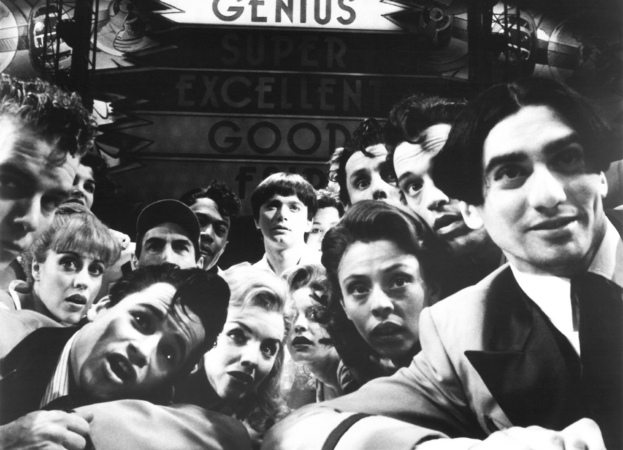
The version of Tommy that opened a few weeks ago at the Nederlander Theatre adopts a more Space Age aesthetic, with futuristic headgear and high-tech projections. But at its core, the story remains the same. Most of the New York critics praised the revival, even while noting that it feels colder, more dystopian, and sensorially overwhelming. I was at the same press performance as the Variety critic, though I wasn’t among those laughing when, as she reported, a small child cried out, “I don’t like this! Get me out of here!” Apparently, traumatizing one child wasn’t enough.
While McAnuff’s concept leans into the narrative’s social critiques of sensationalism and stardom, it ignores the ableist metaphor staring blankly back at us in the mirror. Both McAnuff and Townshend have discussed their rationale around updating the musical, and at times Townshend has even referred to Tommy as autistic. Indeed, to a contemporary audience, the character in this production comes across as at least autistically coded: Young Tommy displays stimming behaviors such as rocking back and forth; his doctors struggle to form a diagnosis for a condition that was not then fully understood; and his aptitude for pinball functions as an example of the exceptionally gifted savant trope.
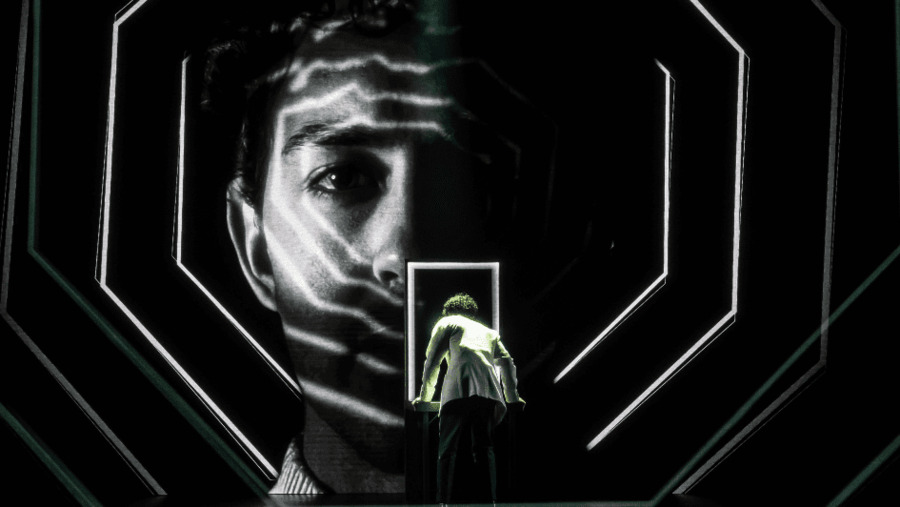
In interviews, the creators of the show have used medical language for Tommy, including “post-traumatic stress disorder,” “psychosomatic,” and “catatonia,” without actually acknowledging the condition as a disability. This revival features a lead actor, Ali Louis Bourzgui, who does not publicly identify as Deaf, blind, or disabled, and the program does not indicate whether anyone in the cast identifies as such. As far as we know, we’re not seeing an autistic actor in the role either, despite How to Dance in Ohio proving that there are at least seven performers on the spectrum capable and worthy of the spotlight. All we’re left with, then, is Uncle Ernie’s limp, which miraculously disappears when he needs to run.
In short, though it invokes disability tropes, this new Tommy does not identify its titular character as Deaf or disabled, and neither the Goodman nor the Broadway production included or consulted anyone from the disability community for this staging. McAnuff and Townshend wouldn’t comment for this piece, but the Goodman released a statement describing the creators’ conception of the character as a “non-neurodivergent [neurotypical] young person who shuts down in response to trauma.” This pointedly ableist interpretation has practical as well as theatrical implications, since agreements between the League of Resident Theatres (LORT) and Actors’ Equity Association going back as far as 2017 require that any show that “depicts a character with a specific disability” must audition and “seek to cast…a performer with the same or similar disability.”
As Goodman accessibility coordinator and house manager Andy Wilson said in an interview, “My understanding is that Des and Pete have feelings about what constitutes a disability that are different from my own. The belief was that what happens to Tommy is because of trauma, and therefore he is not neurodiverse; because it was not a pre-existing disability, he is not disabled. Which is not the clearest definition of disability, or one I agree with. That emphasized to me the importance of having someone in that room with lived experience of disability and with the community.”
Wilson said he conducted outreach with organizations like DisArt and the National Disability Theatre, who offered to provide training around disability representation and help the creative team craft a statement outlining their artistic vision. These organizations also suggested conducting focus groups on trauma, childhood sexual abuse, and post-traumatic stress. “It was decided not to do any of those things,” Wilson said, calling the decision “the first major disappointment of Tommy from an access standpoint.”
The theatre later canceled a previously advertised sensory-friendly performance of Tommy, planned for July 22, Wilson added, because the production team was unable to alter cues and design elements to accommodate audience members with sensory access needs, as the design team had programmed the show on a rented board. In a statement, the Goodman said that “the adjustments needed (essentially a wholesale re-tech) to reach the proper levels of a safe [sensory-friendly] experience were impossible to achieve in the time we had.”
The Goodman production did host one touch tour, two audio-described performances, one American Sign Language-interpreted performance, one open-captioned performance, and one Spanish subtitled performance, with tickets offered at discounted rates. Wilson said that these performances were “hugely well attended” and emphasized the need for greater audience inclusion.
The Broadway production currently offers assisted-listening devices, and beginning in May, will offer handheld devices that provide audio description and captioning through Sound Associates.
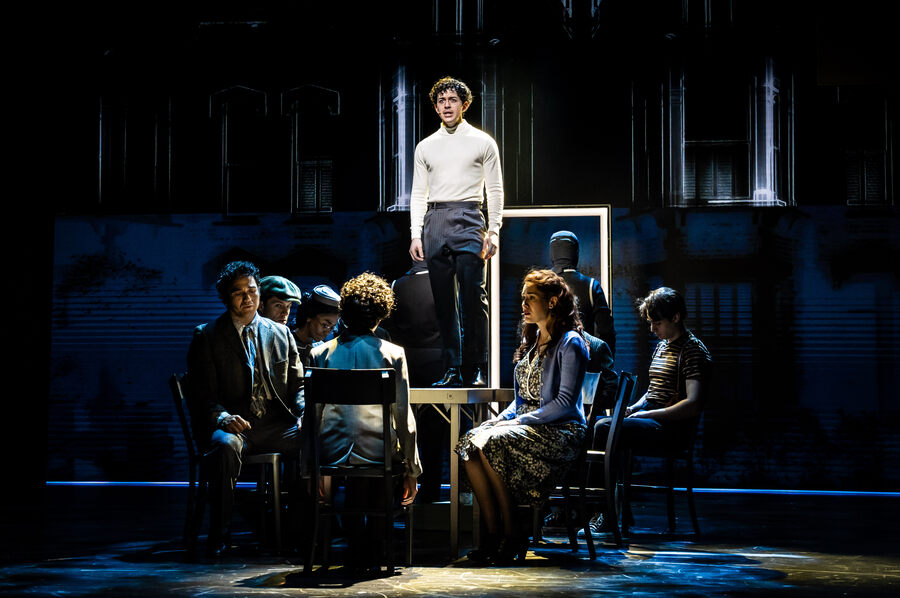
But are these inclusive afterthoughts enough? The characters in Tommy’s life are meant to be ignorant, but theatres should know better. I would argue that if you use the words “Deaf” and “blind” on a stage (leaving aside the outdated and offensive term “dumb”), you invite people with those identities into the room, whether you include them or not. Non-disabled people have been making decisions about us without our consent for centuries. At minimum, the team could have made some effort to acknowledge the history that language evokes. It’s disappointing that Townshend and McAnuff didn’t see it that way; instead, like many people, they are more comfortable seeing Tommy as a parable, not a person. But disability is more than a metaphor. Deafness and blindness are more than figurative devices. Tommy is sexually abused by his uncle, experimented on by a barrage of doctors, and ruthlessly bullied by his sadistic cousin and his peers. This kind of storytelling can desensitize people to the way Tommy, and by extension real Deaf and disabled people, are treated. A 2021 report from the Bureau of Justice Statistics found that people with disabilities were almost four times more likely to be victims of violence than non-disabled people. As McAnuff himself told Times reporter Julia Jacobs, “At the end of the day, we portray what happens to him not to condone it but to condemn it.”
This approach is even more disappointing given that other theatremakers have already shown how the story of Tommy can be told inclusively and expansively. Open Circle Theatre in Washington, D.C., a company dedicated to promoting careers in the arts for people with disabilities and members of the Deaf community, staged a disability-positive Tommy in 2016. Though artistic director Suzanne Richard said she’s a fan of The Who and the original Tommy, she knew that to stage it with her company would mean “to really take the story and reclaim it as a disabled story. The main thing was that Tommy would be played by a Deaf actor and his image would be someone who could sing for him. When he turns around from the mirror for the first time, he speaks in American Sign Language rather than in English. There’s nothing wrong with Tommy finding his voice in ASL.”
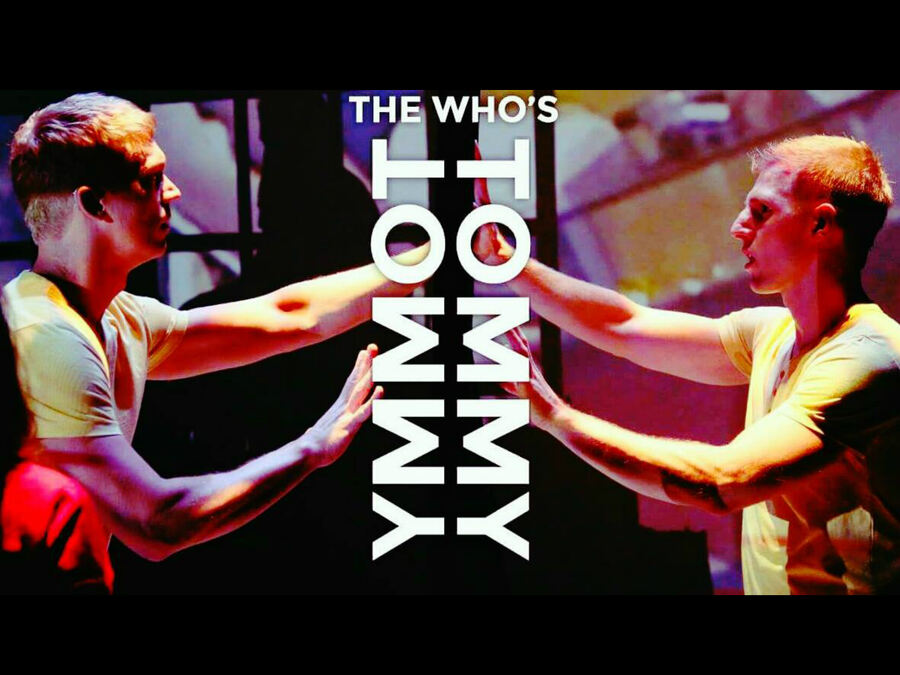
In that production, Tommy was played by Russell Harvard, who co-founded Deaf Austin Theatre and has starred on Broadway in Spring Awakening and To Kill A Mockingbird, as well as FX’s Fargo, while D.C. area actor Will Hayes starred as the Narrator and Voice of Tommy. Harvard was one of multiple actors in the cast who were Deaf or disabled. Open Circle always integrates sign language into their productions, employing Deaf actors or CODAs so that they are fluent, and spacing out those signing performers across the stage so that Deaf audience members can watch the whole scene, rather than focus on a single interpreter.
“I always think of disability as an enhancement rather than an obstacle,” Richard said. “That’s sort of our disability aesthetic. Having characters and actors with disabilities does not make it harder, it makes it better.”
A year later, a company across the pond took up Tommy with a similarly radical approach. Started by the New Wolsey Theatre in Ipswich, Ramps on the Moon is a consortium of six National Portfolio Organisation theatres in the U.K., including a strategic partner, Graeae Theatre. Ramps is dedicated to elevating the presence of Deaf and disabled people both on- and offstage, and serves as a consultant for partner theatres looking to embed disability equality into their productions and organizational practices. They helped produce the New Wolsey production of Tommy in 2017 with integrated British Sign Language, live captioning, and audio description, as well as a 50 percent disabled cast and crew.
“Our vision is a mainstream performing arts sector where disabled people have exactly the same equality of opportunity as non-disabled people to develop their talent, to thrive, to flourish, to contribute, and to fail,” said Ramps on the Moon director for change Michèle Taylor. “What we’re looking for is embedded systemic change.”
Taylor admitted that when she heard that the New Wolsey was planning to produce Tommy, “I was really skeptical. Pretty quickly I came round to the idea because I thought, actually, you know, this has the possibility of being really radical.”
By casting a Deaf person in the role of Tommy (William Grint) and populating the show with Deaf and disabled performers, the production was able to confront the audience in a new way with the brutality of the original story.
“I believe that a show that has a disabled character or more than one disabled character—that story can never be neutral,” Taylor said. “It’s either going to challenge stereotypes and perceptions of who disabled people are or it’s going to perpetuate that.”
In the Ramps production, Tommy’s mother was also played by a Deaf actor (Donna Mullings). Their shared use of BSL added another layer to Tommy’s closeness with his mother and detachment from his father.
Taylor observed that the musical’s more uncanny aspects made sense when performed this way. “We were seeing the social model of disability onstage,” she said. “We were seeing Tommy being disabled—not just seeing Tommy have conditions or impairments, but seeing other people disabling him. That’s why it made more sense.”
In fact, Taylor recalled, Pete Townshend, who has spoken about his own experiences with hearing loss, attended one of Ramps’ performances and picked up on aspects of the story he hadn’t noticed before, saying the show seemed much darker because it felt more real. He even stayed for a Q&A with the cast.
Whatever Townshend might have taken away from that experience, though, doesn’t seem to have informed the new revival.
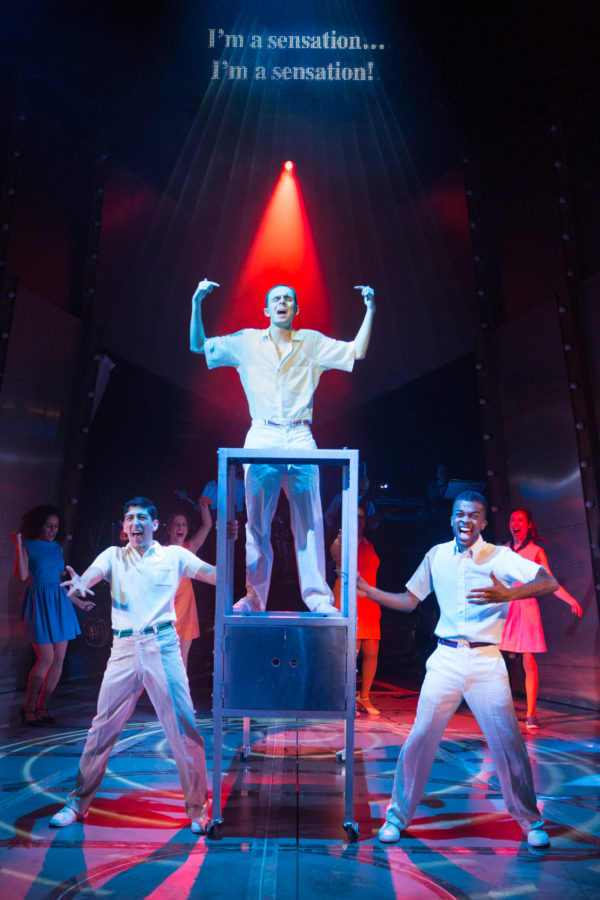
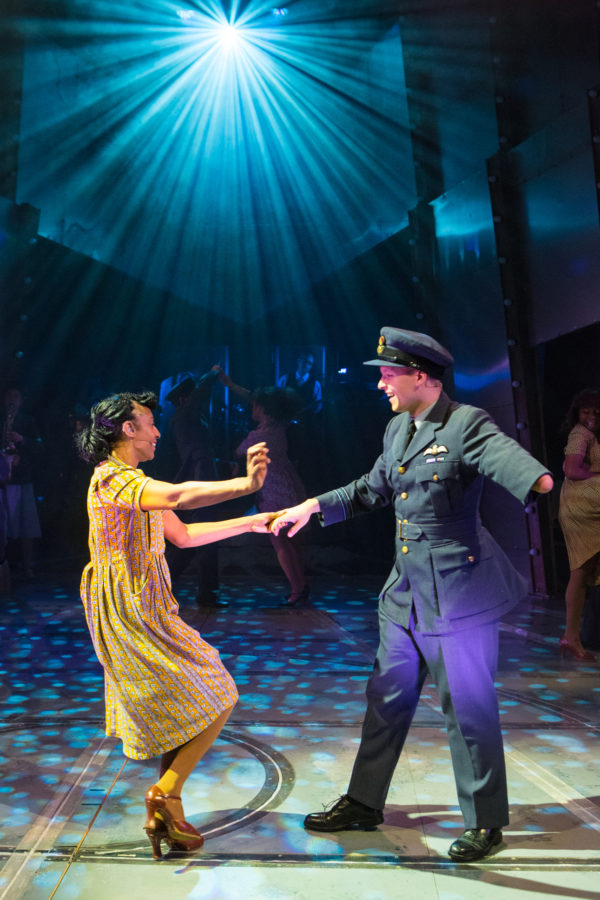
All things considered, the new Broadway production has its high notes. The music is spectacular as ever, the singing is top-notch, and Alison Luff in particular gives a standout performance as Tommy’s mother, Mrs. Walker. Her frustration is palpable, her devotion unrivaled, and the scenes in which she and Captain Walker (Adam Jacobs) are caught between searching for a cure and accepting their son’s condition are some of the show’s best. During “I Believe My Own Eyes” (a song Townshend added for the stage musical), they make the difficult decision to institutionalize Tommy, in a gut-wrenching sequence that dramatizes the difficult responsibility of raising a disabled child. Had Tommy been desperately signing to his parents in ASL, only to be ignored, I probably would have cried.
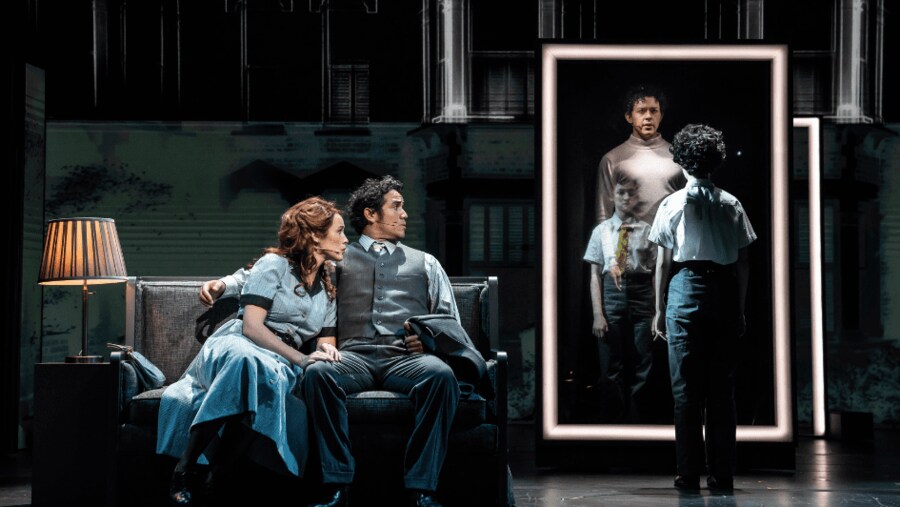
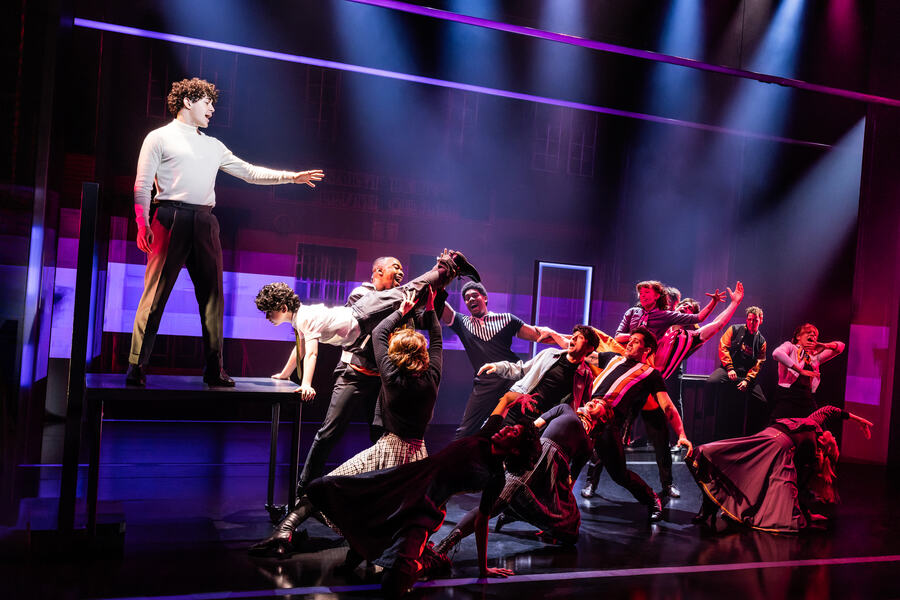
Ali Louis Bourzgui cuts a striking figure as Adult Tommy. His musicality is commendable, his stage presence strong. But imagine for a second Russell Harvard putting his whole body into the character, and legally blind This Is Us star Blake Stadnik going all out on the vocals. It would be magnificent, and distinct from anything yet on a Broadway stage.
At one time, disabled characters in The Elephant Man, Richard III, The Glass Menagerie, and The Miracle Worker were all played exclusively by non-disabled actors on Broadway. The industry is supposedly different now. Ali Stroker became the first actor who uses a wheelchair to win a Tony for her performance in Oklahoma!, Deaf West Theatre produced the critically acclaimed ASL-inclusive revival of Spring Awakening, and How to Dance in Ohio made history by casting seven neurodivergent actors as autistic characters.
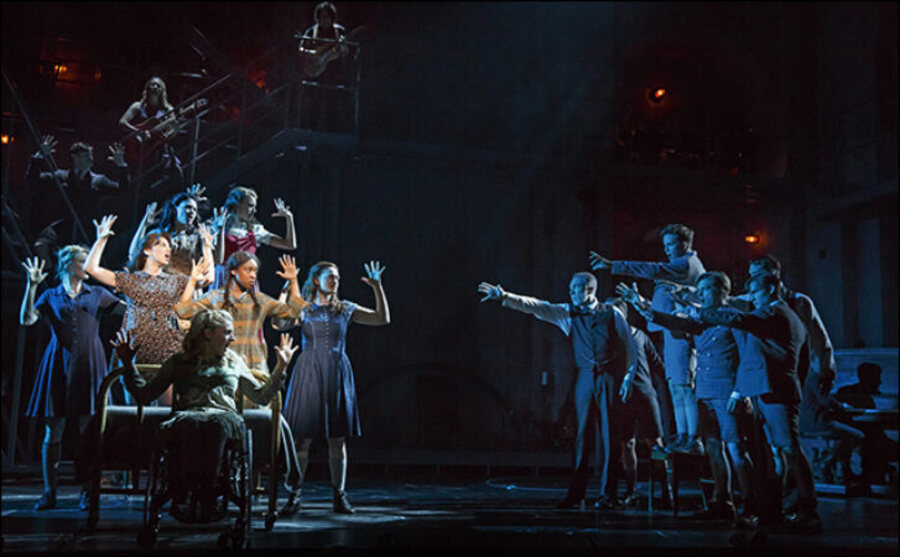
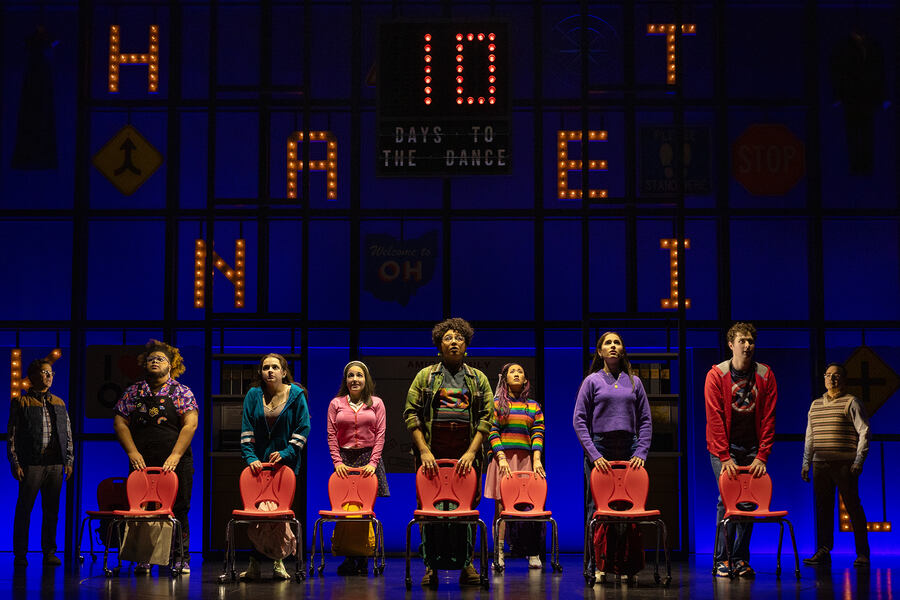
Given how far the disability rights movement has come, Open Circle’s Suzanne Richard admitted, “I was kind of surprised when I saw they were doing it on Broadway. It’s interesting that they would put Tommy up there in the midst of all of this awakening and opening up.”
In her opinion, when the show is staged without engaging with the disability aspects of the story, it can feel like inspiration porn or trauma porn. “The disability becomes a narrative point rather than the disabled actor really leading it and showing who they are,” she said. “That’s the epitome of the disability rights slogan, ‘Nothing about us without us.’ It’s like they decided to tell a story about us and didn’t really care what we thought.”
“It upsets me to see, in 2024, non-disabled actors play disability,” concurred disabled actor Anita Hollander, former national chair of SAG-AFTRA Performers with Disabilities Committee, who attended a press performance of the show but found she “couldn’t applaud” the actors, despite their talent. “Whether it’s psychosomatic, PTSD, autism, whatever it is, there’s a disability happening onstage. And there are actors who can bring authenticity and depth to it that these folks didn’t have the ability to do. It makes me feel like we’ve stepped backwards.”
I won’t be the first person to argue that the ending of the stage version of Tommy makes very little sense, but I may be the first to note the way in which the adaptation is explicitly harmful. For context, in the 1975 film version, during “We’re Not Gonna Take It,” Tommy covers his disciples’ eyes and ears and tells them to play pinball. They become frustrated. He shows them that they cannot simply emulate him, because they do not understand his lived experience. Had Tommy been played by an authentically Deaf or disabled actor, a scene like this could have been incredibly empowering, a rare moment of self-acceptance. For whatever reason, the plot was changed for the worse in the stage version: The musical dispenses with the sensory deprivation, and has Tommy tell Sally Simpson, while surrounded by bodyguards with pseudo-fascist armbands, “The point is not for you to be more like me. The point is I’m finally more like you.” This is textbook eugenics—all the more striking in a show that takes place in the aftermath of WWII.
“If I was to go and see that show,” said Ramps on the Moon’s Michèle Taylor about the new revival, she imagines that she would feel “hurt, wounded, damaged. Actually, I think everybody in the audience would be. The difference is that I know because it would hurt me. The non-disabled people with their prejudices and their assumptions and their myths and their stereotypes wouldn’t know they were being damaged, but the damage would still be done.”
For my part, I do not condemn anyone involved with the Broadway or Goodman productions. I do not blame Pete Townshend for what he went through in his early life that inspired him to tell what he now calls a semi-autobiographical story. The impulse to tell stories from our pain is a valuable one. I also don’t fault anyone for enjoying the production; the cast is incredibly talented.
But I cannot think of a community more capable of empathizing with Tommy, who is quite literally begging to be seen, heard, embraced, and understood—to be healed from decades of trauma caused by an exclusionary society and an industry that is still slow to change—than people with disabilities.
“The opportunity right now was to do a version of Tommy, where we actually look into someone’s life who is Deaf, or who is blind, or an actor who can bring that out of it,” said Hollander. “Let’s learn something new; let’s teach our audience what it looks like and feels like.”
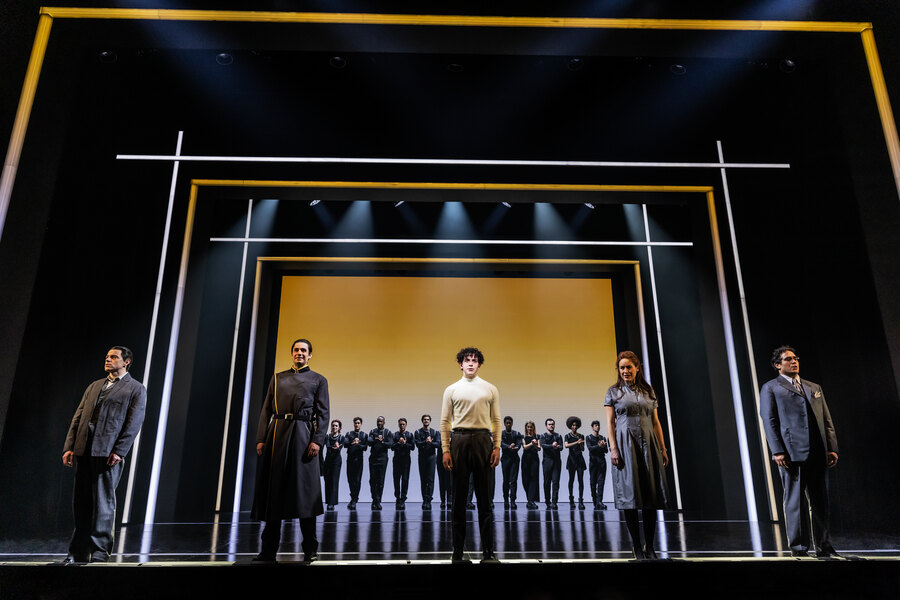
Deaf West Theatre artistic director DJ Kurs corresponded over email, explaining that while he at one time considered doing a version of Tommy with a Deaf and blind actor in the role, he concluded that the story “doesn’t translate to our current understanding and representation of disability,” adding, “It is fundamentally a show that associates disability with disconnection and trauma, and as a disabled individual I know my existence is so much more than the narratives of limitation and suffering in Tommy.”
Still, if a piece like Tommy is to be restaged, Kurs wrote, he wonders “how we can adopt a more flexible approach to reinterpretations…I hope we can change norms so that we are freer to move away from an overly reverent stance toward original works, and to embrace a willingness to innovate and challenge expectations.”
As for me, I’m not the same person I was at 16. I now have the privilege of telling stories like this one, because along the way people have recognized that my voice is powerful and my ideas have value. If the creative team behind this revival had done the same for Deaf and disabled artists, audiences would be seeing a different show—one that would reverberate just as hard, but would also do something quintessentially rock ’n’ roll: Let a disenfranchised community take back a narrative that has been weaponized against them and smash it against the stage like an electric guitar.
When I look in the mirror, I no longer see limitations. I see growth. I’d like to think that one day Tommy will too.
Alexandra Pierson (she/her) is the associate editor of American Theatre.


